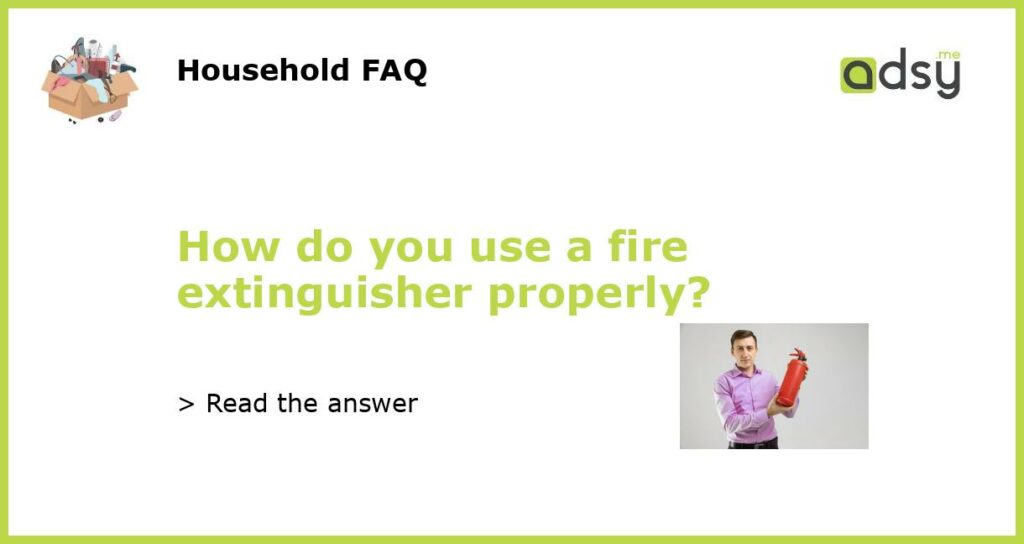Understanding the Basics of Using a Fire Extinguisher
A fire extinguisher is a simple yet effective tool that can save lives and property if used correctly. But just having a fire extinguisher is not enough; you need to know how to use it properly in case of an emergency. Here are the basics you should know about using a fire extinguisher:
Getting Familiar with the Types of Fire Extinguishers
Before using a fire extinguisher, you need to know which type to use for the specific type of fire. There are five types of fire extinguishers, classified by the type of fire they can extinguish:
- Class A extinguishers – for fires involving ordinary combustibles such as cloth, paper, wood, and plastics
- Class B extinguishers – for fires involving flammable liquids such as gasoline, oil, and grease
- Class C extinguishers – for fires involving electrical equipment
- Class D extinguishers – for fires involving flammable metals such as magnesium, sodium, and potassium
- Class K extinguishers – for fires involving cooking oils and fats
Steps to Follow When Using a Fire Extinguisher
Once you have selected the appropriate type of fire extinguisher, follow the steps below to use it properly:
- Pull the pin – this breaks the tamper seal and prepares the extinguisher for use
- Aim at the base of the fire, not the flames – this is where the fuel source is located
- Squeeze the lever – this releases the extinguishing agent
- Sweep from side to side – this ensures that the extinguishing agent covers the fire completely
Precautions to Take When Using a Fire Extinguisher
While using a fire extinguisher, keep the following safety tips in mind to prevent accidents:
- Call the fire department before attempting to extinguish the fire yourself
- Make sure you have a clear exit path in case the fire spreads or becomes too intense
- Don’t turn your back on the fire – always keep it in your line of sight
- Don’t use water to extinguish fires involving flammable liquids or electrical equipment
- Only attempt to extinguish small fires that are contained and not spreading quickly
When to Replace a Fire Extinguisher
Fire extinguishers have an expiry date, beyond which they may not work effectively. You should replace your fire extinguisher if:
- The pressure gauge shows that the extinguisher is no longer pressurized
- The safety pin is missing, damaged or tampered with
- The hose or nozzle is cracked, blocked or damaged in any way
- The external body is corroded or shows signs of damage or wear and tear






